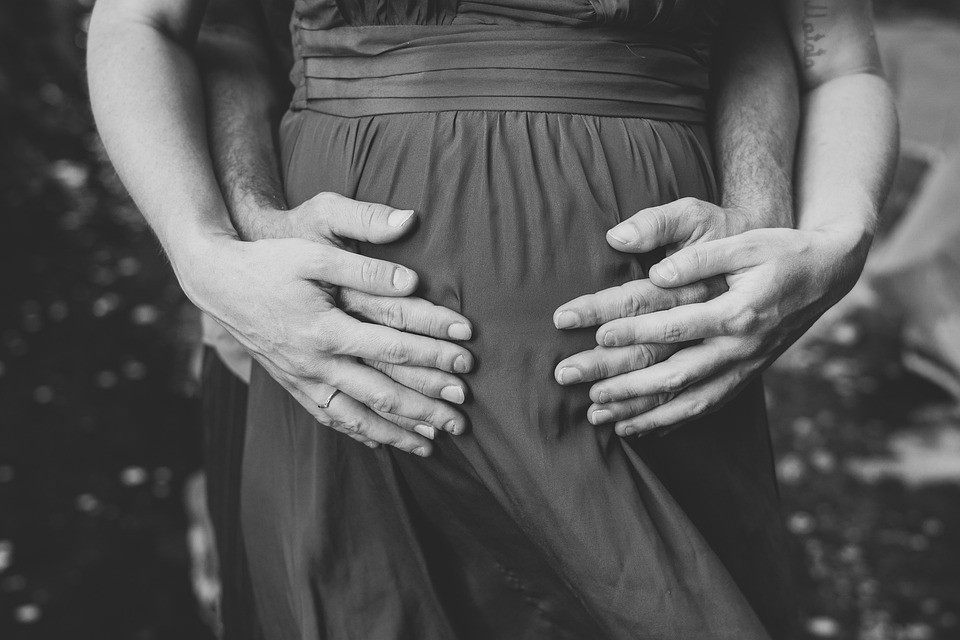
Your fertility is not a fixed value: short of serious conditions that can make it impossible to have children, your fertility is the chance you have of conceiving in a given period. There are lots of factors that can affect that chance, for both good and ill, and if you understand them, you can avoid the things that limit your chances of getting pregnant, and encourage the things that improve your chances of pregnancy. Today we’re taking a look at some of the tools you can use to boost your fertility, and help you get pregnant faster.
Predicting When You Ovulate
One of the most important factors that determines if you will get pregnant is timing: if you don’t try to conceive when sperm can actually reach the egg and potentially fertilise it, you can’t get pregnant.
The time when the lifespan of sperm and the ovulated egg overlap is called the ‘fertile window’ and it begins five days before you ovulate (because sperm can survive around five days after ejaculation) and ends the day after you ovulate (because that egg remains viable for no more than twenty four hours).
One of the ways you can identify your fertile window is to use an ovulation kit. These tests, also known as OPKs (short for ovulation predictor kits) look at the hormone levels in your urine. Luteinising Hormone controls the development of eggs in the ovaries, and cues ovulation with a big surge in the levels of the hormone secreted by the pituitary gland. After it’s circulated around your body it is filtered through your kidneys and leaves your body in your urine. OPKs react to the high level of LH to tell you when you’re ovulating, making them a useful tool for your fertility.
Basal Body Temperature
Another key tool for when you’re trying to get pregnant is a basal body thermometer. Your BBT varies according to your menstrual cycle and if you have a dedicated thermometer that’s accurate to within tenths of a degree and gives a clear, unambiguous reading then you can track it, looking for the patterns that will show you when you’re ovulating.
You’ll need to take your temperature every morning before you get up to ensure you’re accessing this basal level. What you’re looking for is a rise of .4 of a degree that’s sustained across three days or more. This tells you that you have ovulated.
A Calendar
One of the most important tools you have available is a simple calendar! You might notice that both of these methods tell you when you have ovulated, not when you will ovulate. This means that before you can get the full benefit of all six days of your fertile window you need to apply what you’ve learned to future cycles.
If you mark the date your period starts on your calendar and then add the date you ovulated when you learn it from those tests, you can see how many days after your period your ovulate. This lets you see when you will be fertile in future cycles, and boost your chances of getting pregnant!
